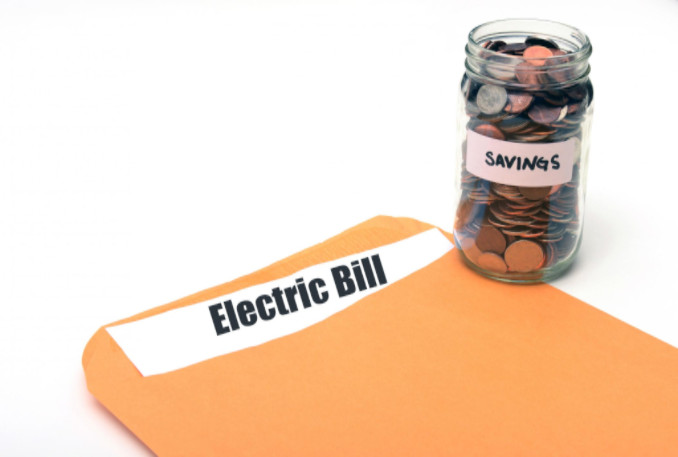If your energy costs are simply getting out of control, you should know that one of the best steps you can take to lower your bill is have attic insulation installed in your home or office.
You may have heard before that heat rises. This means that heat in your space will naturally drift upwards, and it will escape once it rises upwards if your attic is not properly insulated. Attic insulation is not only effective at keeping heat inside your home or office during the colder months, but it also helps keep heat out and conditioned air inside during hot months of the year.
The following are the four basic steps of attic insulation:
Step 1: Choose from a variety of different insulation types
When it comes to attic insulation, you’ll need to choose between roll-on, loose-fill or sprayed foam polyurethane insulation. Roll-on insulation comes in batts that are either 15 or 23 inches wide. These batts will fit in between the framing of your attic.
Loose-fill insulation is blown over floor framing in your attic and offer the advantage of filling in small crevices that roll-on insulation can’t reach. Spray foam polyurethane insulation is an especially good solution for finished attics because it can insulate the roof of an attic.
Step 2: Determine what amount of insulation is necessary for your attic
The amount of insulation you need will depend on how cold your area’s climate is. Your area’s climate will determine what the “R value” of your insulation should be. Insulation R value is a measurement of how easily heat is transferred through the insulation. (You can figure out how much insulation you need by following this link and selecting your zone on the map image.)
Step 3: Install attic insulation
How your attic insulation should be installed depends on what type of insulation you choose. Proper installation is important to the effective functioning of your insulation. If you’re installing more insulation over existing insulation, it’s important to have a professional inspect your existing insulation and look out for any repair needs that need to be addressed. If insulation is torn or worn away in certain areas, it will be ineffective and should be replaced.
Step 4: Seal attic leaks
Leaks in your attic can easily undermine the effectiveness of any insulation you have. Even if you have no existing insulation and you’re installing original installation in your attic, you still need to have your attic professionally inspected for leaks before installing insulation.
Leaks in your attic can be sealed with caulk or insulation batts. Special care needs to be taken to seal leaks around a flue, chimney, plumbing vent or electrical wire. In some cases, you may need to use flashing to deal with gaps and air leaks. When you’re inspecting for air leaks, also look out for any moisture issues to prevent water from penetrating your home in the attic. If you let moisture issues go, your home could develop expensive and dangerous water damage.
In addition to beefing up your home’s insulation, here are some other home’s energy upgrades.

